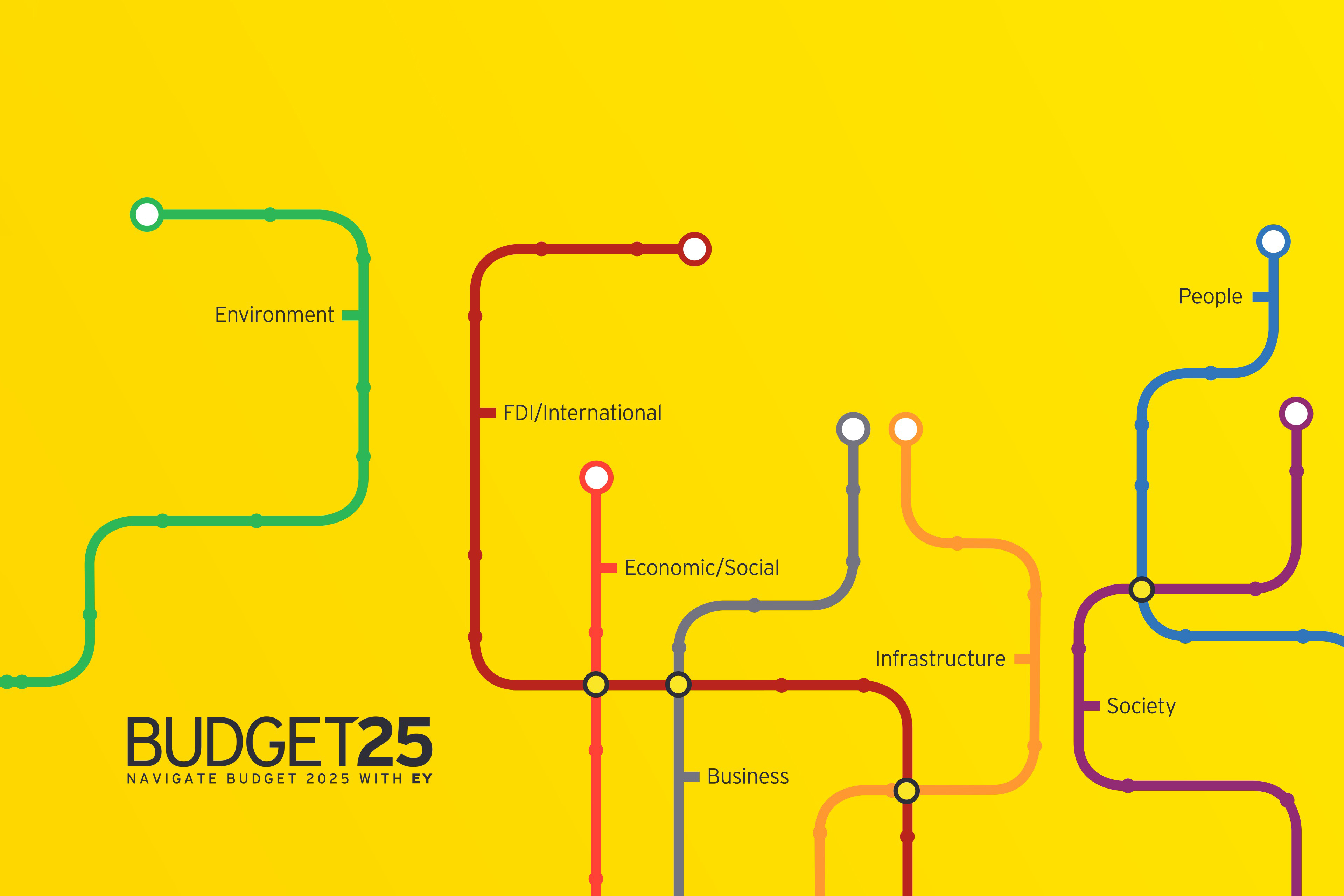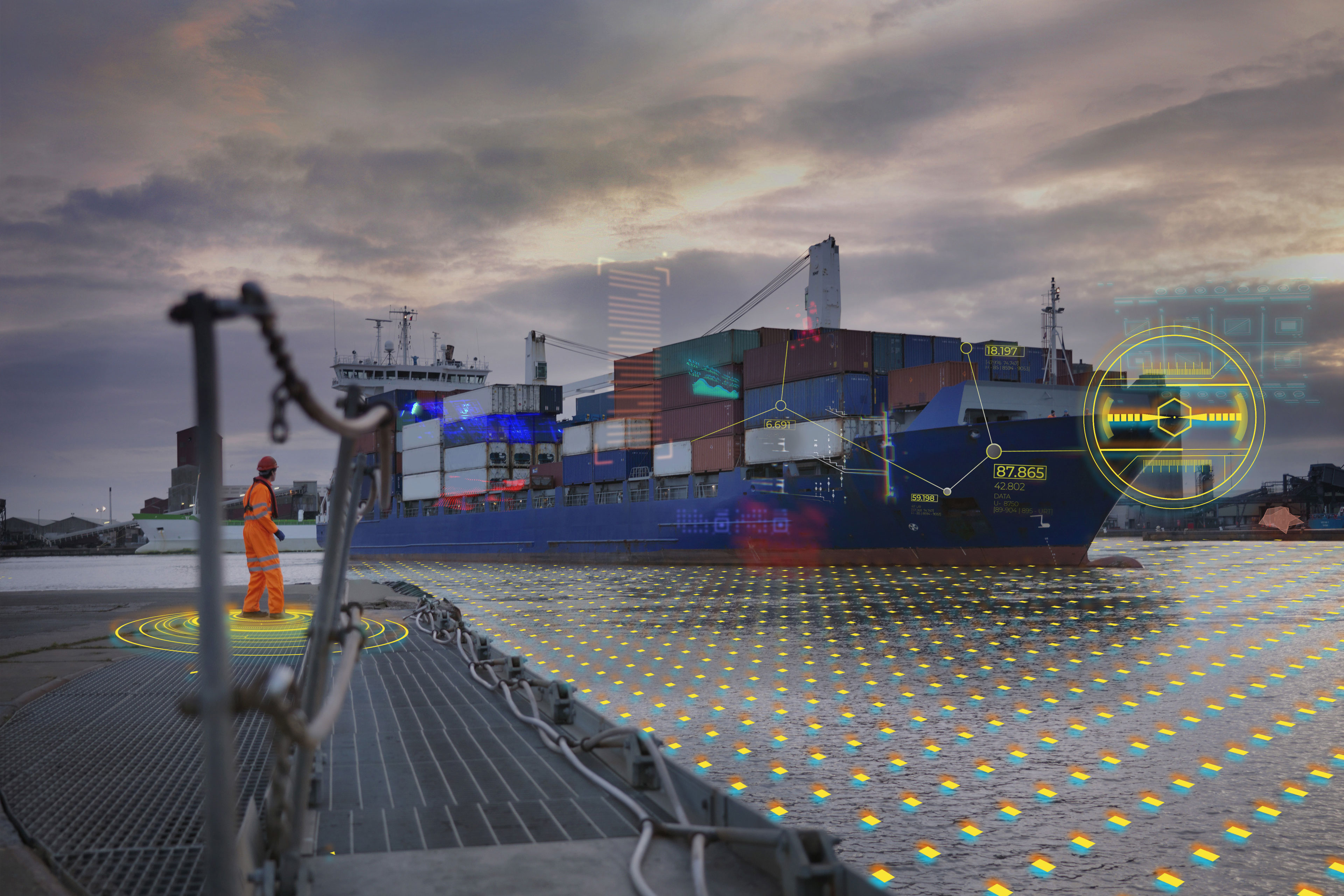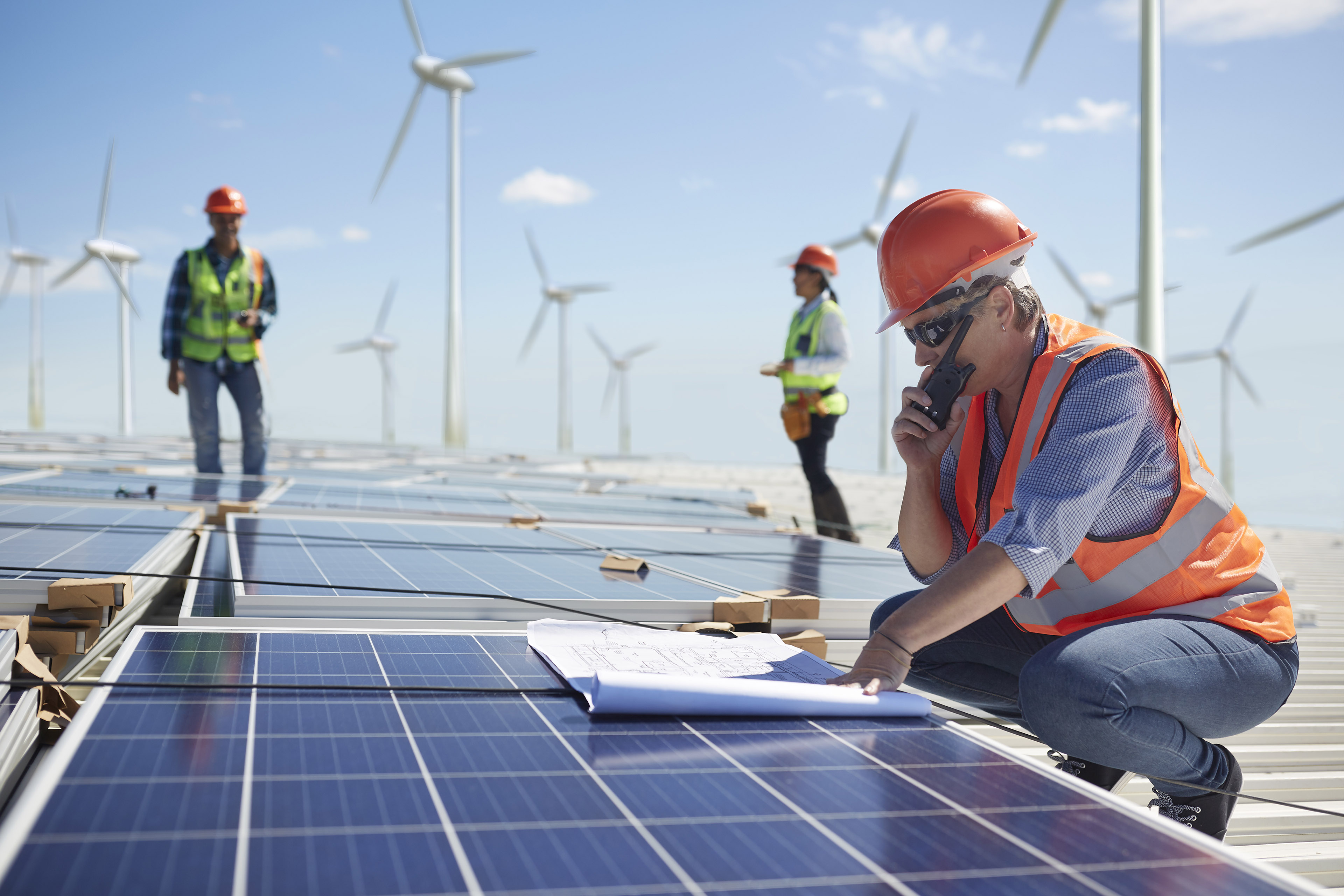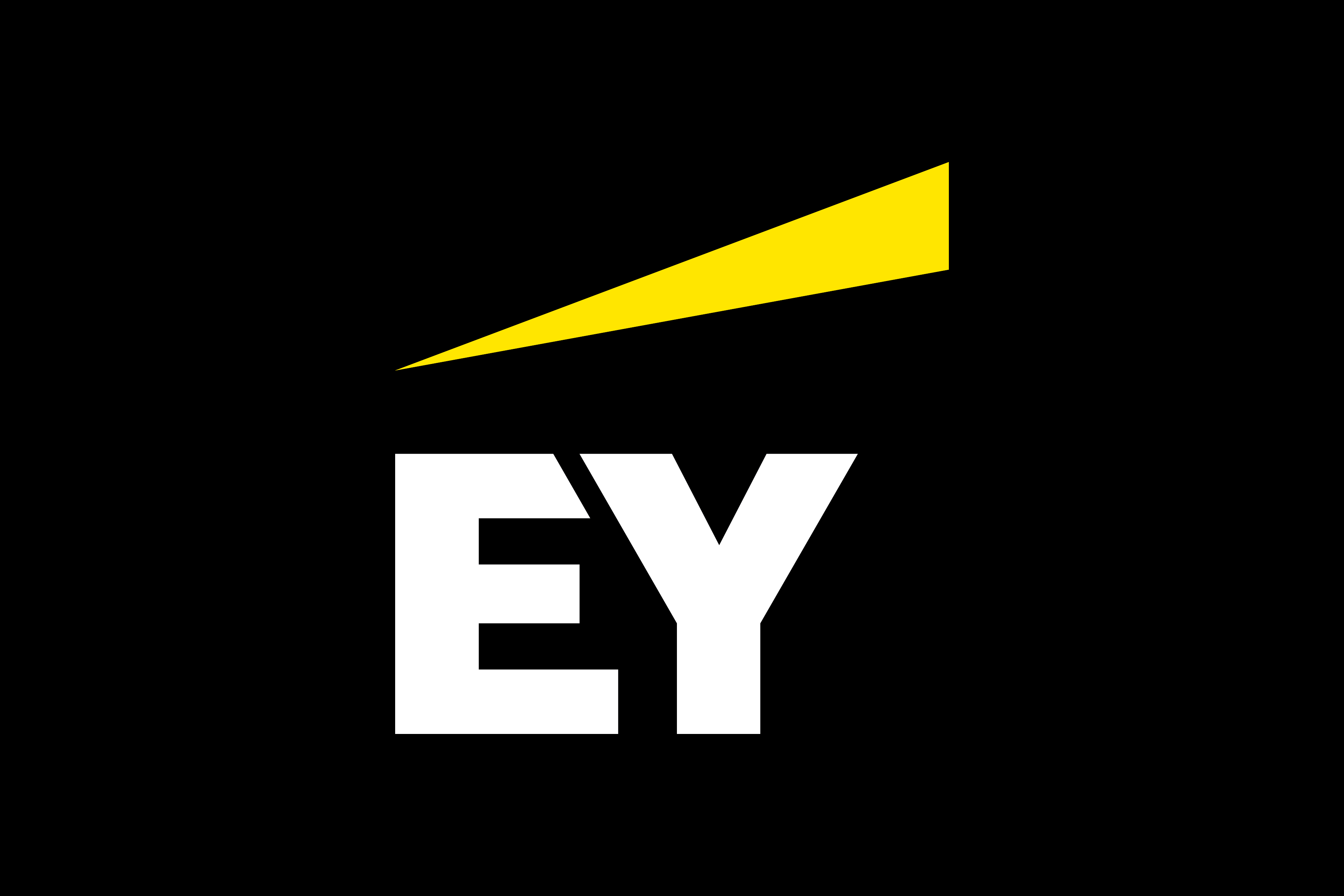EY refers to the global organization, and may refer to one or more, of the member firms of Ernst & Young Global Limited, each of which is a separate legal entity. Ernst & Young Global Limited, a UK company limited by guarantee, does not provide services to clients.
How EY can Help
-
Supporting organizations with physical and transition risks associated with climate change, and assisting them with market and regulatory changes.
Read more
Our water infrastructure system is amazing! In our daily lives we are using upwards of 133 litres of water¹. This consumption is facilitated by significant hidden infrastructure that takes fresh water to treatment facilities, then pressurises and pipes that clean water to our homes and businesses. All the water that comes to our homes and businesses is the same, used for drinking, cooking, cleaning, washing and flushing without distinction.
However, these processes and this infrastructure have a significant hidden CO2 footprint, driven by the energy required to make it all work. Some observers have noted that our water and wastewater systems and the energy requirements to drive them could account for as much as 5% of our total carbon footprint (more than 3 million tonnes of CO2 equivalent). And this may be conservative. Northern Ireland Water is the second-largest energy user in the North, while Irish Water is a significant energy user also. So yes, before you boil it in the kettle, or heat it with the immersion or electric shower – our water already has a significant carbon footprint attached to it - even a cold shower.
With this in mind, we must be mindful around our own water consumption - how much more are we wasting through our own behaviours? Is there scope to further improve? What would happen if we stopped “running the tap” for example?
Perhaps the most illuminating in this regard, is what happened in Dublin between September and October of 2014. In that time, as households anticipated the introduction of water charges, domestic consumption reduced by almost 5%, or 20 million litres². This is enough to satisfy the domestic water needs of well over 10,000 people for two weeks. It highlights starkly that when faced with paying the true cost of this precious resource, we found ways to save.




